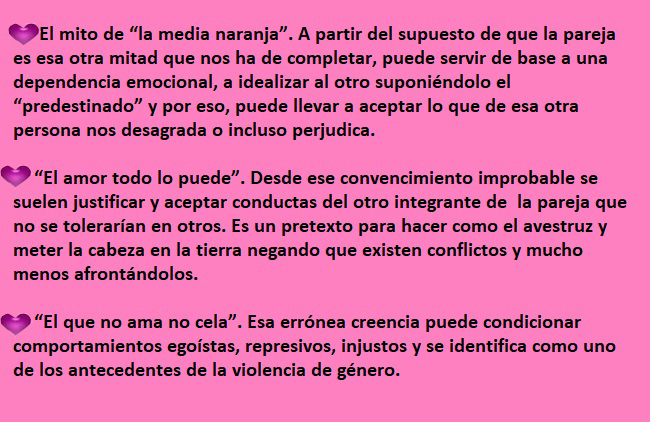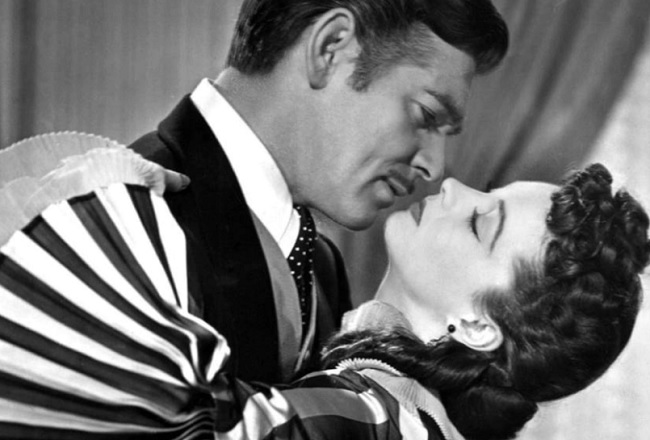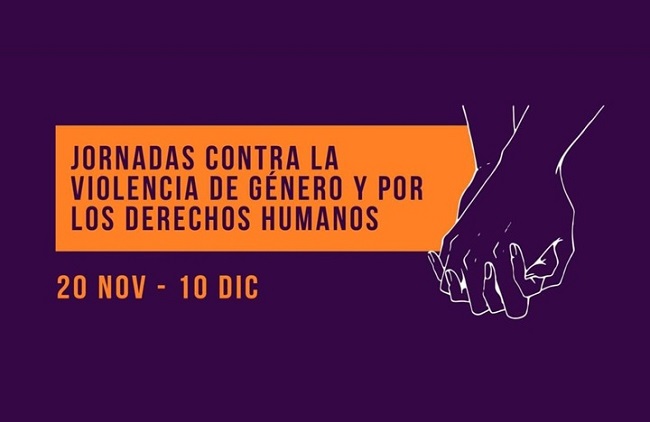She sighs in resignation as she waits on the balcony.
She sighs again when He arrives after three in the morning and does not respond to her as he distributes the sweet smell of perfume that accompanies him on the way to the room.
Her third sigh between chest and back is drowned, feeling less than the living room sofa, than the cat, but repeating herself what she heard so many times in her family, she saw in the movies and read in many stories and novels: This it will be “until death do us part.”

Precisely on the myths of romantic love as supports for gender violence is an interesting investigation published in the latest issue of the journal Alternativas cubanas en Psicología, directed by Dr. Manuel Calviño.
Under the authorship of the Doctor in Psychological Sciences Norma Vasallo Barrueta, Associate Professor of the Faculty of Psychology of the University of Havana, also President of the Chair of Women at the UH, and of the degree in Psychology Carolina Barber Caso, the text reveals how in couple relationships, in this case heterosexual ones, a set of myths may be supporting gender violence.
Addressing the matter is valid at any time of the year, but at this time it is also appropriate because from the 1st. November and until December 10, the Day for Non-Violence Against Women and Girls takes place in Cuba on the occasion of the International Day for the Elimination of Violence against Women, which the world celebrated on November 25.
Myths that shouldn’t be goals
Myths, in the case of romantic love, often carry supposed role models. They are perpetuated in subjectivities, expressing themselves, while multiplying, in literature, cinema, song lyrics, and, many times, in the popular saying that coins them as indisputable truths.
Taking them as a compass, and many times without being aware of it, women and men try to build the affective relationship that they suppose ideal.
It usually carries among its anchors those myths and stereotypes that, deep down, perpetuate power asymmetries and other inequalities in the couple, which can lead to violence.
In the cited text myths such as:

Drawing on the conclusions of other experts, the authors analyze the different way in which these and other myths are assumed by women and men.
They state that, despite the important changes that have occurred with respect to women; falling in love, the couple’s relationship and marriage, as well as caring for others “continues to be a particularly strong part of female socialization, becoming the backbone and a priority part of her life project.”
For men, on the other hand, “the priority continues to be social recognition and, in any case, love or a relationship usually takes a back seat”.
The authors note that the priority socialization of women continues towards the private and that of men towards the public.
Obviously, it is not a generalization, but trends and inferences supported by approaches from science.

Violence and myths in the present
It is paradoxical, but while the present is marked by new and increasingly surprising information and communication technologies, where love relationships have found an interesting scenario with new possibilities, a certain traditional romantic conception of love continues to be perpetuated.
And that also happens in the adolescent and young population, that is, digital natives.
Surprisingly, these groups not infrequently accept and justify violent behavior in the couple relationship, protected by those “innocent” myths “associated with romantic love.
They contribute to the fact that this romantic conception is not blurred, sometimes without intending to, the human interrelations themselves and also a whole gear that includes from the audiovisual world with the media at the head, to the production of articles for use and consumption.

It seems like a plot –although I insist, at least in Cuba there is no manifest intention in that sense- to “perpetuate the power structure and inequality in love relationships, and consecrate elements such as passivity, subordination, idealization or dependence. of the other ”, indicates the source already cited.
Consequently, a study carried out in a group of students from the University of Havana in 2019 revealed that the myths of the better half and the myth of durability (“until death do us part”) are those that have greater acceptance in students, followed by the myth of omnipotence (“love can do everything”).
When exploring differences between men and women, they realized that there were no significant distinctions. However, they showed to agree in a greater percentage of the cases with these myths, in relation to what was expressed by them.
62.9% of the women subscribed to the myth of The better half, and 82% to the myth of durability. It could then be concluded, the investigation points out, that “women are the ones who have a greater tendency to a more idealized vision of love.”
Another study, with the same objectives as the one mentioned, was carried out six years earlier and the results were similar.
There was a difference in nuance when concluding that the young women were more in agreement with the myth of durability and with that of omnipotence; while the young people showed greater agreement with the myth of jealousy. Which works wonders to justify gender violence, which more than once has led, out of jealousy, to physical violence and also to even more dramatic events.

That violence does not separate us
This model of romantic love, multiplied in myths, sayings and even in children’s stories, which is camouflaged after cascades of veils and little hearts, gender violence, is an effective fertilizer in perpetuating female roles of dependence, submission, need for protection, unconditional surrender. to the couple, even to the detriment of the woman’s expectations and projects.
Therefore, the scholars indicate, the results presented are one more reason to dismantle such myths with the guidance of education and the conviction of the damages and prejudices that accompany them.
The authors said it: “Men and women are more similar than different when we are born; culture is in charge not only of making us different, but also mutually dependent: the economic provider and the caretaker of life ”.
The woman who was waiting on her balcony at the beginning of this text and who was later painfully ignored by her husband, perhaps did not know that it can be less difficult than she imagines to stop feeling like a cat or a sofa. Many hands today reach out to help him, the point is not to let them pass.

















